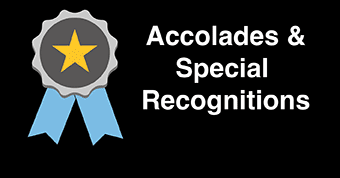Research Project Empowers Youth to Document Their Communities
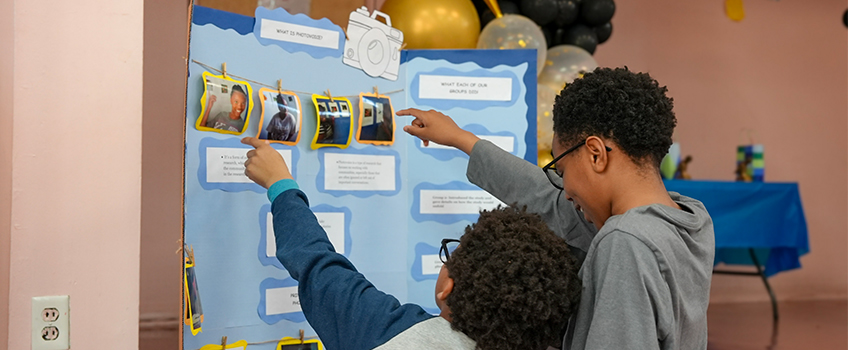
Starting in February 2025, a Psychology professor and her students developed a research project that explored academic resilience among youth in Atlantic City. Images captured by the youth were displayed in exhibits both off and on campus this April.
Atlantic City, N.J. – Following a semester-long research project aimed at empowering underserved communities and exploring academic resilience, photos taken by Atlantic City youth along with findings from a research study in which they participated were displayed in two exhibits in late April.
According to Assistant Professor of Psychology Nordia Scott, the “Photovoice” project follows a community-based participatory action research methodology that uses qualitative research and photography to “enable people to identify, represent and strive to enhance their community.”
Through the lens of fourth- and fifth-graders enrolled in the Stanley Holmes Village Homework Completion Program, Stockton students then analyzed factors that either impeded or facilitated students’ motivation to pursue and excel in education.
“The project's aim was to shed light on ways to improve community-level conditions that are related to the academic resilience of the young people who live in Stanley Holmes Village,” Scott said.
Introducing Photovoice and Engaging the Youth
Starting in February, Scott’s “Community Psychology” students developed and facilitated group sessions where participants learned about the project and its purpose, as well as information on photo ethics and safety.
With cameras provided by the Stockton Center for Community Engagement and Service-Learning (SCCESL), which hosts the homework completion program, the youth then captured images of their neighborhood.
“This was perhaps the most exciting part of the project for the youth. After talking about the things in their community that were risks and protective factors for weeks, they could finally capture them on camera,” Scott said.

The images shared by participants identified two risk factors: exposure to negative influences (i.e., smoking and excessive litter) and maintenance and safety concerns (i.e., abandoned buildings and poorly maintained parks).
Among the negative factors were also positive and protective elements, such as supportive community members (i.e., police officers and teachers), community-level programs like SCCESL’s homework program, and beautification efforts (i.e., an emphasis on greenery and plants).
Jullye DeLima, one of Scott’s students, thought the course would be a typical two-hour lecture and instead found herself in a hands-on research study learning about community psychology outside of the classroom, which sparked a sense of empathy that she wasn’t expecting.
“Working with our participants really encouraged us to try and help create change for their community,” DeLima, who lives in Budd Lake, said. “Hearing the children speak about the things that they saw every day and the things they knew weren’t safe for them sparked a need for me to want to help them.
"This was not just a class where you tried to get your work done and pass," DeLima continued. "This was a class where you wanted to work hard, not for yourself, but for others.”
The images captured were then showcased in the Stanley Holmes Village community room and on the Galloway campus in April.
Showcasing, Concluding and Reflecting on Photovoice
During the Stanley Holmes Village exhibit, the youth, along with their families, were recognized for their participation in the study at an award ceremony led by Scott and Patricia Collins of SCCESL, who is the site supervisor for the homework completion program and Scott's key community partner thorughout the project. Each participant received a “Use Your Voice” Award, a certificate of appreciation (or dedication for families) and a superlative award highlighting unique characteristics identified by the Stockton researchers throughout the study.
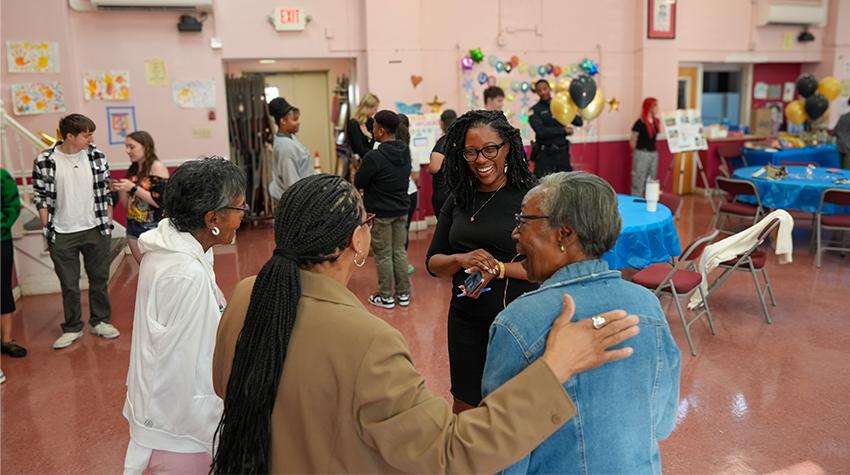
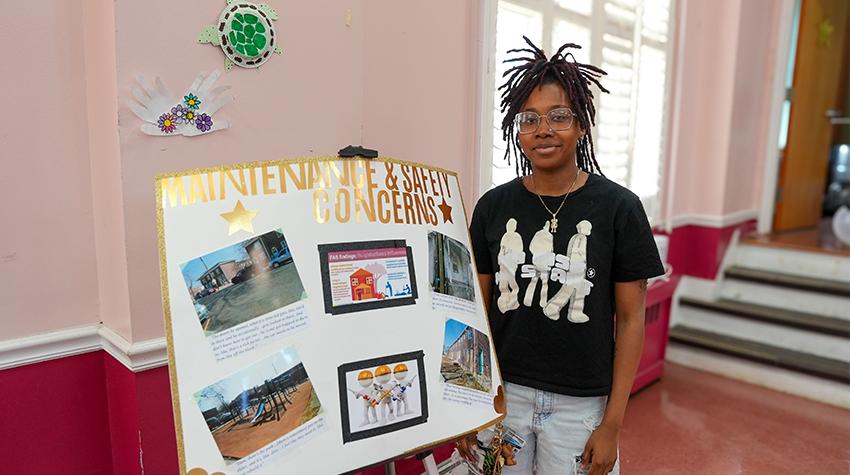
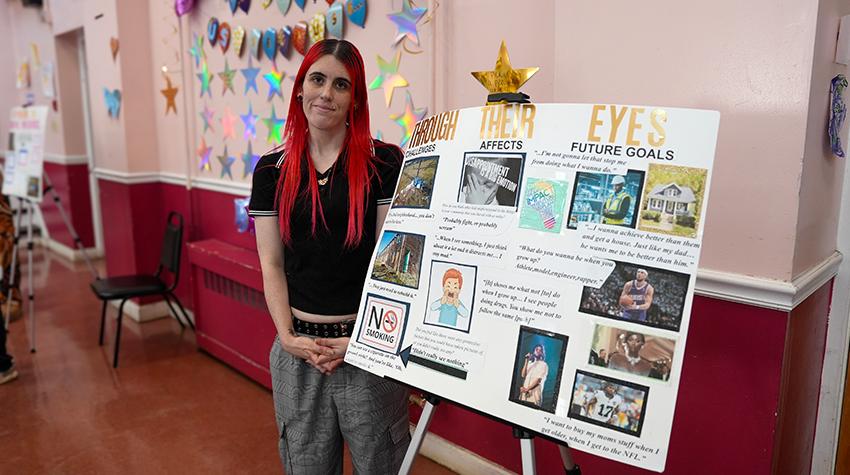
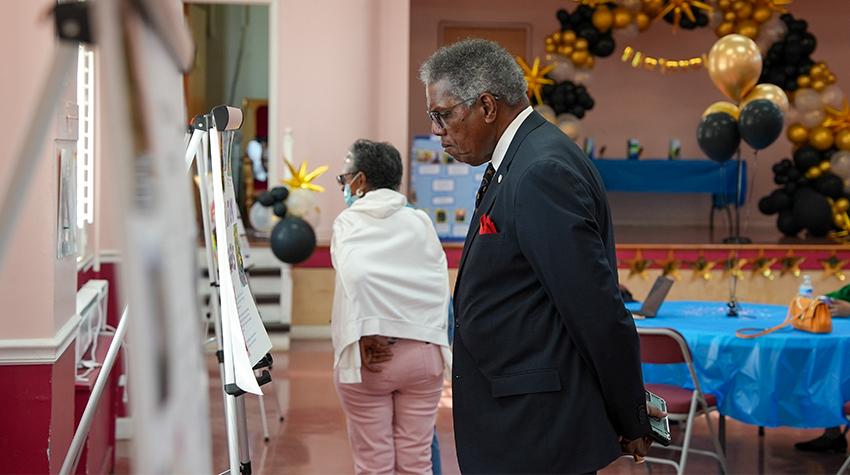
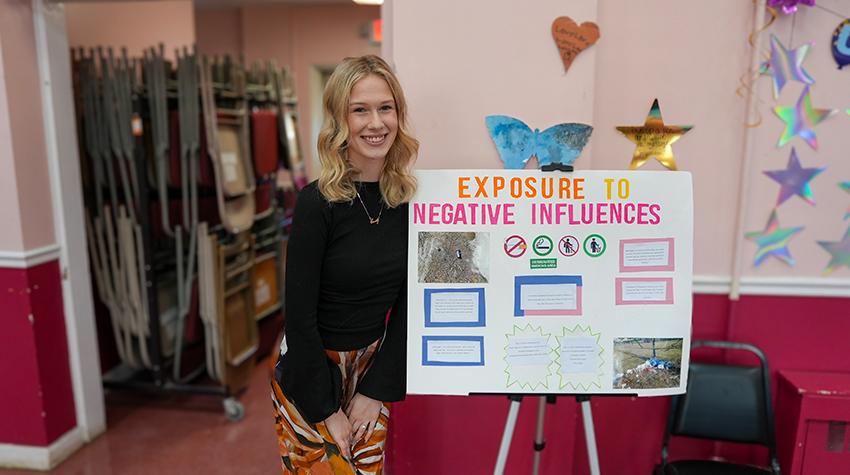
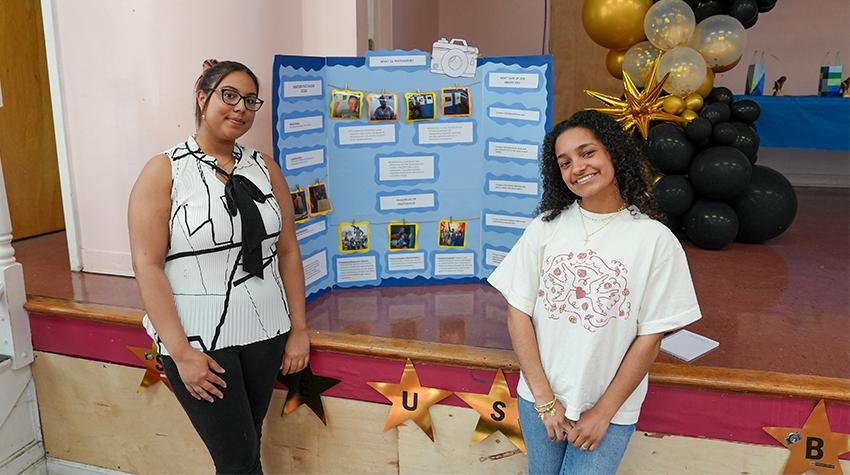
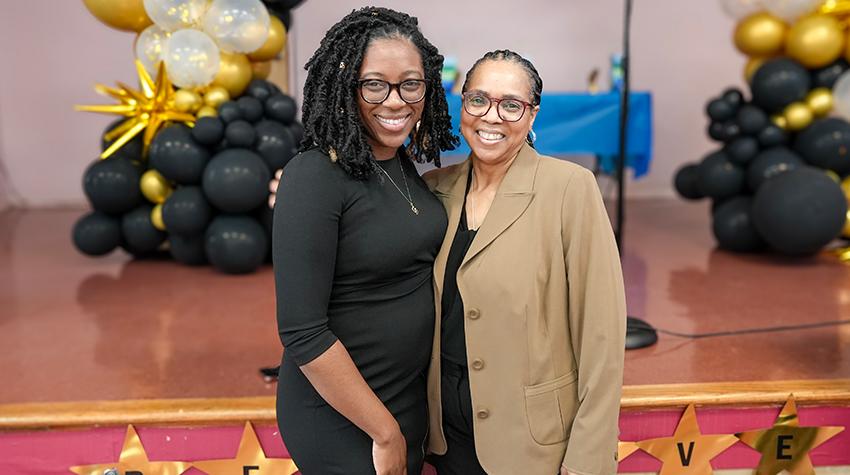
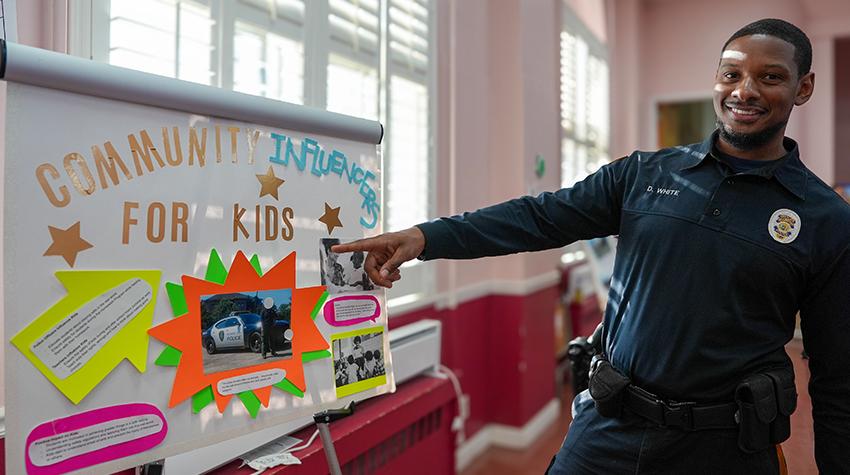
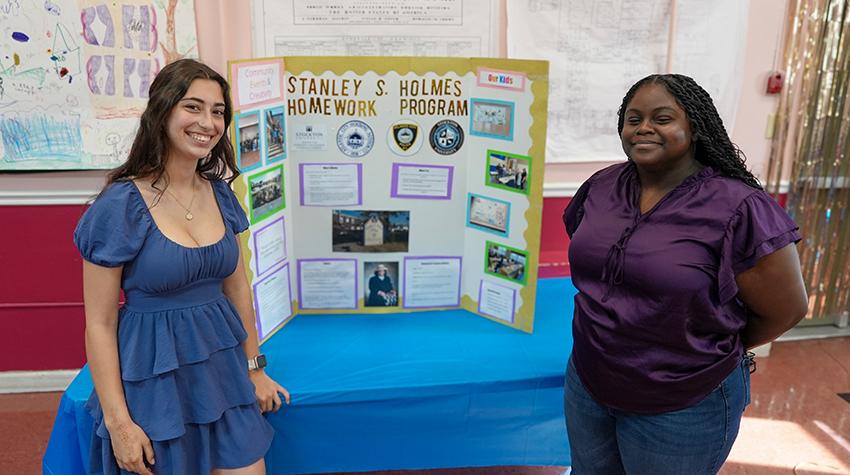
One of the attendees of the community exhibit, 3rd Ward Councilman Kaleem Shabazz, praised the program, saying that it “showcased the genius, potential and talent of Atlantic City youth.”
During the exhibit in Galloway sponsored by Stockton’s Psychology program, attendees were impressed by the insightfulness of the youth and how they explored their community’s dual nature in relation to bolstering their dreams for the future.
Scott emphasized how projects like these demonstrate Stockton’s role as an anchor institution in Atlantic City.
“We have a responsibility to listen and to use our power, privilege and resources to support marginalized communities in their efforts to effect social change,” Scott said.
In her remarks to the students, Marissa Levy, the dean of Stockton’s School of Social & Behavioral Sciences, talked about the transformative nature of high-impact learning experiences like these.
“I was so pleased to have an opportunity to visit the Photovoice exhibit” Levy said. “The work that the students performed within the community, alongside Dr. Scott, is critical as it gives voice to the needs of our local community.”
– Story by Loukaia Taylor
– Photos by Lizzie Nealis
Students Partner with Police to Analyze Community Interactions
April 3, 2025
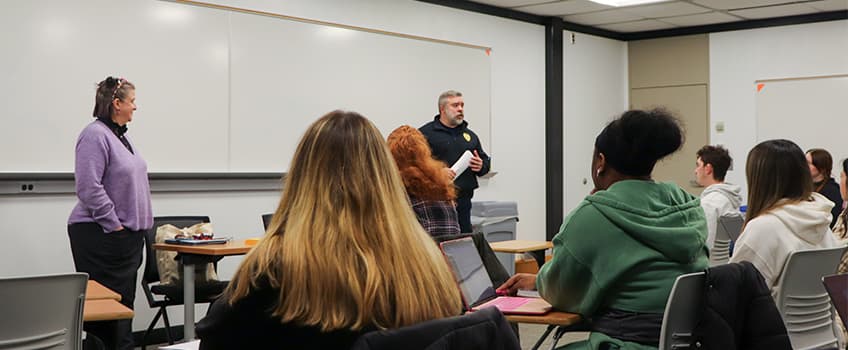
Galloway, N.J. — A unique partnership between the Hamilton Township Police Department and a Stockton University professor has given Criminal Justice students the opportunity to spark conversations on the effectiveness of local policing.
Over the past year, Hamilton Sgt. Craig Clayton, a 2004 Stockton alum, has worked with Criminal Justice Professor Jess Bonnan-White to develop a quantitative study on the interactions between community members and local law enforcement. The results will be utilized to form policy briefs and suggestions for the police department.
“I mean, frankly, the best part about it is that nobody else is doing this,” Clayton said. “I don't like being behind the 8-ball when it comes to how policing is done, and I think this puts the Township of Hamilton kind of ahead of the curve with that regard. I think most agencies would certainly benefit from a partnership with the university. We're just kind of one of the first to knock on that door.”
Through the project, both Bonnan-White and Clayton hope to expose Criminal Justice students to real-world implications that are difficult to explore in theory courses, and strengthen the relationships between Stockton, the local community and law enforcement.
– Story by Loukaia Taylor

